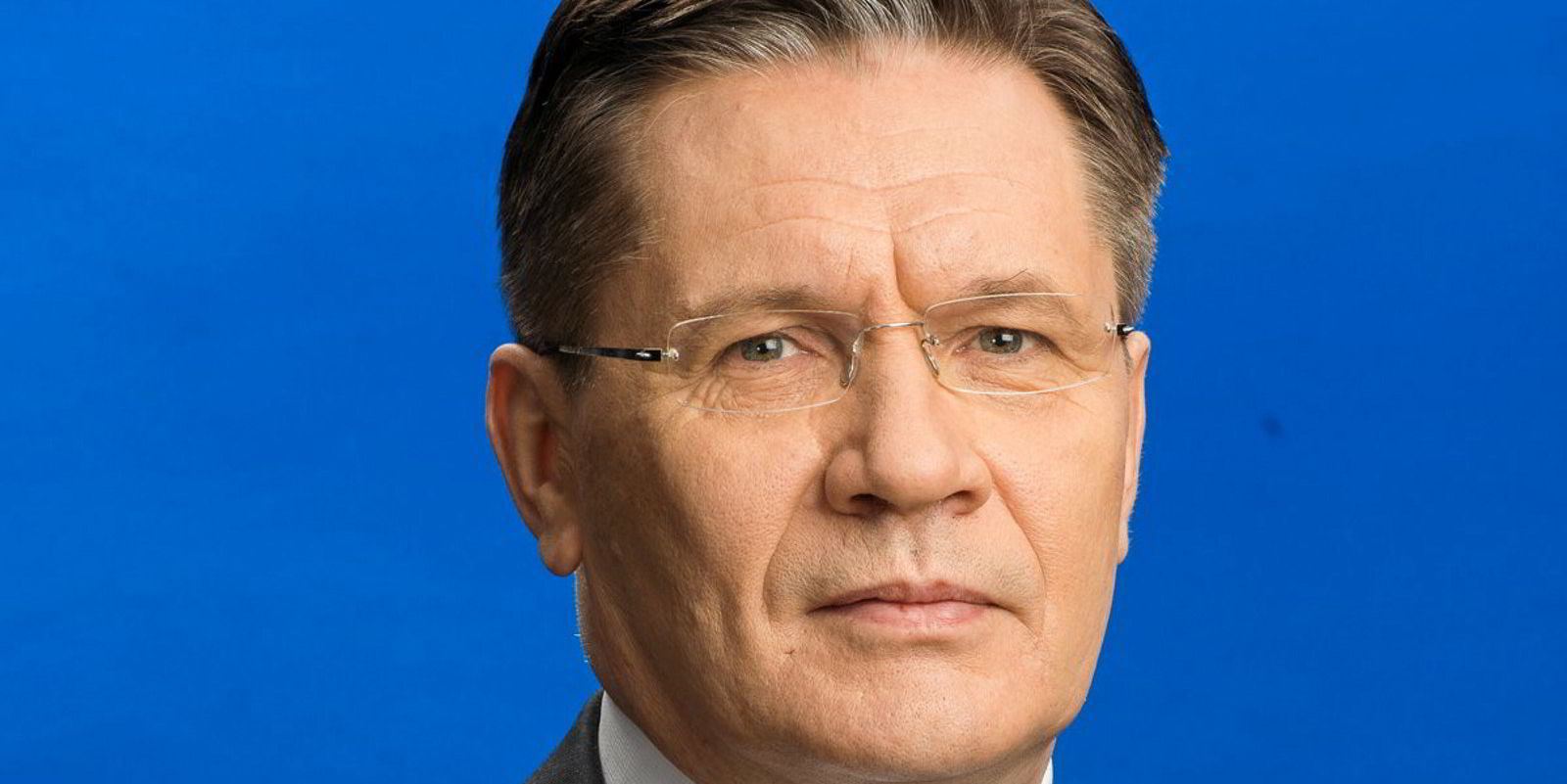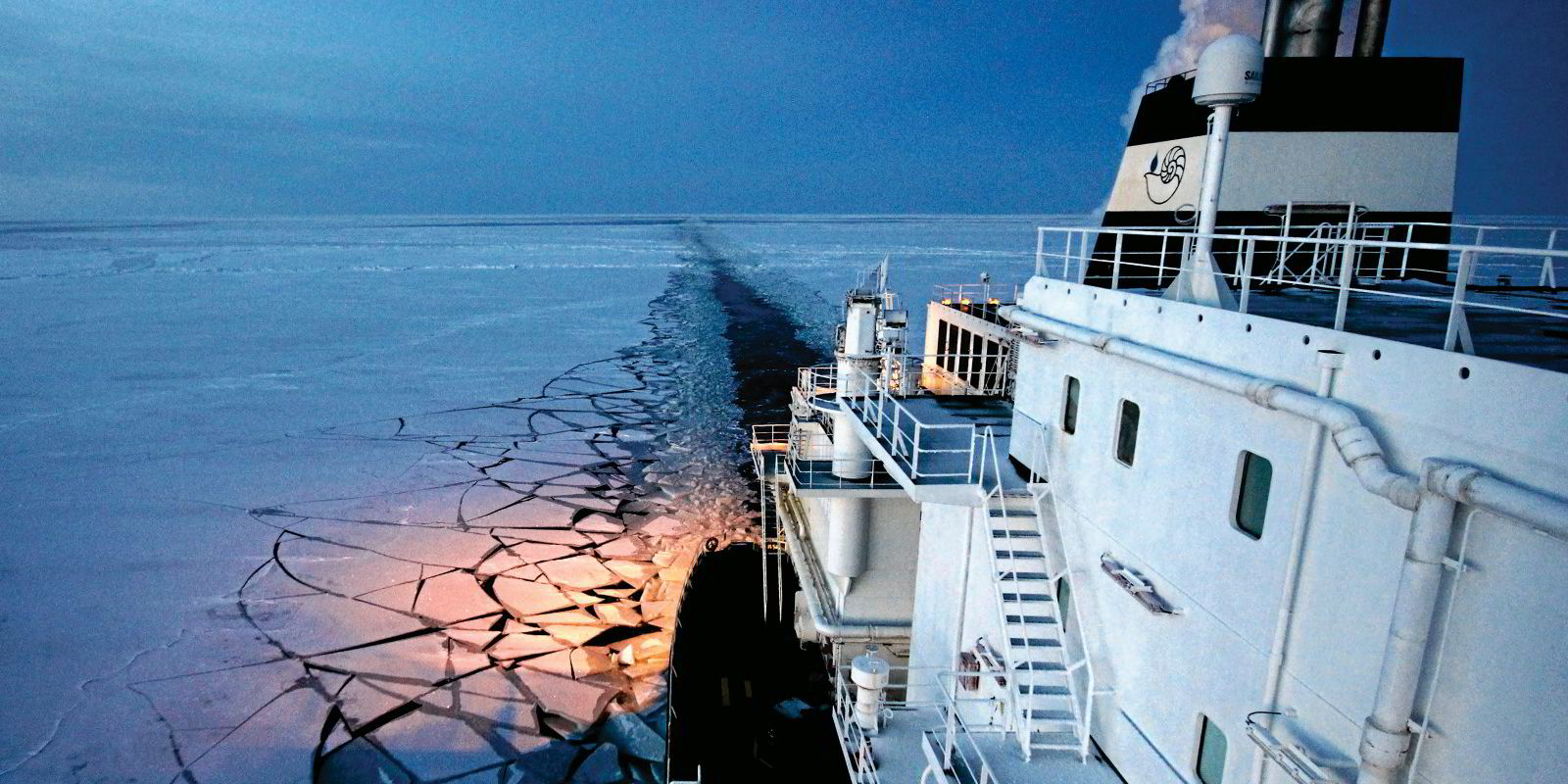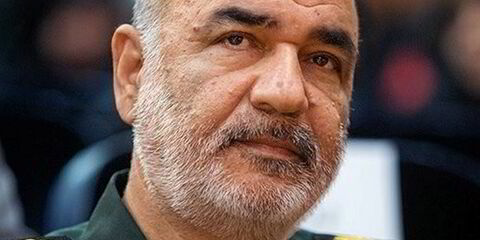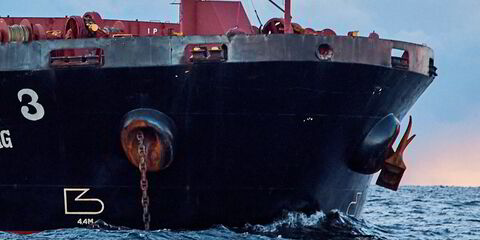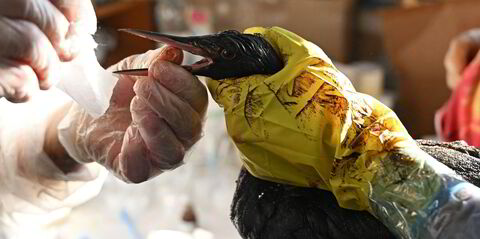Europe’s decision to ban Russian oil imports following the invasion of Ukraine has opened up a “new window of opportunity” to exploit the Northern Sea Route (NSR) to Asian markets, according to the head of Russian state nuclear agency Rosatom.
Director General Alexey Likhachev told a meeting attended by Russian President Vladimir Putin last week that he had been working on a plan to redirect oil from the Baltic ports to head eastwards via the NSR, Russian news agency Tass reported.
Global warming has meant the NSR has emerged as a new strategic opportunity for Russia to exploit the vast gas and oil reserves in the Arctic for shipment to commodity-hungry Asian nations.
Rosatom, which has responsibility for developing the NSR and controls Russia’s nuclear ice-breaker fleet, said shipments on the route were due to reach 36m tonnes this year. This is a 9% increase from earlier estimates, and is a rise from the 32m tonnes transported in 2020.
Russia has set an ambitious target of shipping 90m tonnes per year in 2030 via the NSR and 130m tonnes by 2035 as sea ice in the Arctic shrinks owing to climate change, according to a report by the Oxford Institute for Energy Studies.
But it said Russia still had some way to go in creating a logistics infrastructure for the NSR, with a limited prospect for a major increase in volumes during the 2020s.
“The embargo, announced by the European countries, on supplies of the Russian oil and oil products is not only a challenge; it has opened a new window of opportunities to build up the additional cargo base on the Northern Sea Route,” Likhachev said, according to Tass.
“Together with Russian companies, we have been working on redirecting the Russian oil from the Baltic ports to [the] NSR as the safest attractive route.
“By using [the] NSR, we can redirect many transport marine routes from the west to the east.”
Likhachev was speaking before the UK and US followed the lead of the European Union to impose economic sanctions against Murmansk-based Atomflot, which is run by Rosatom.
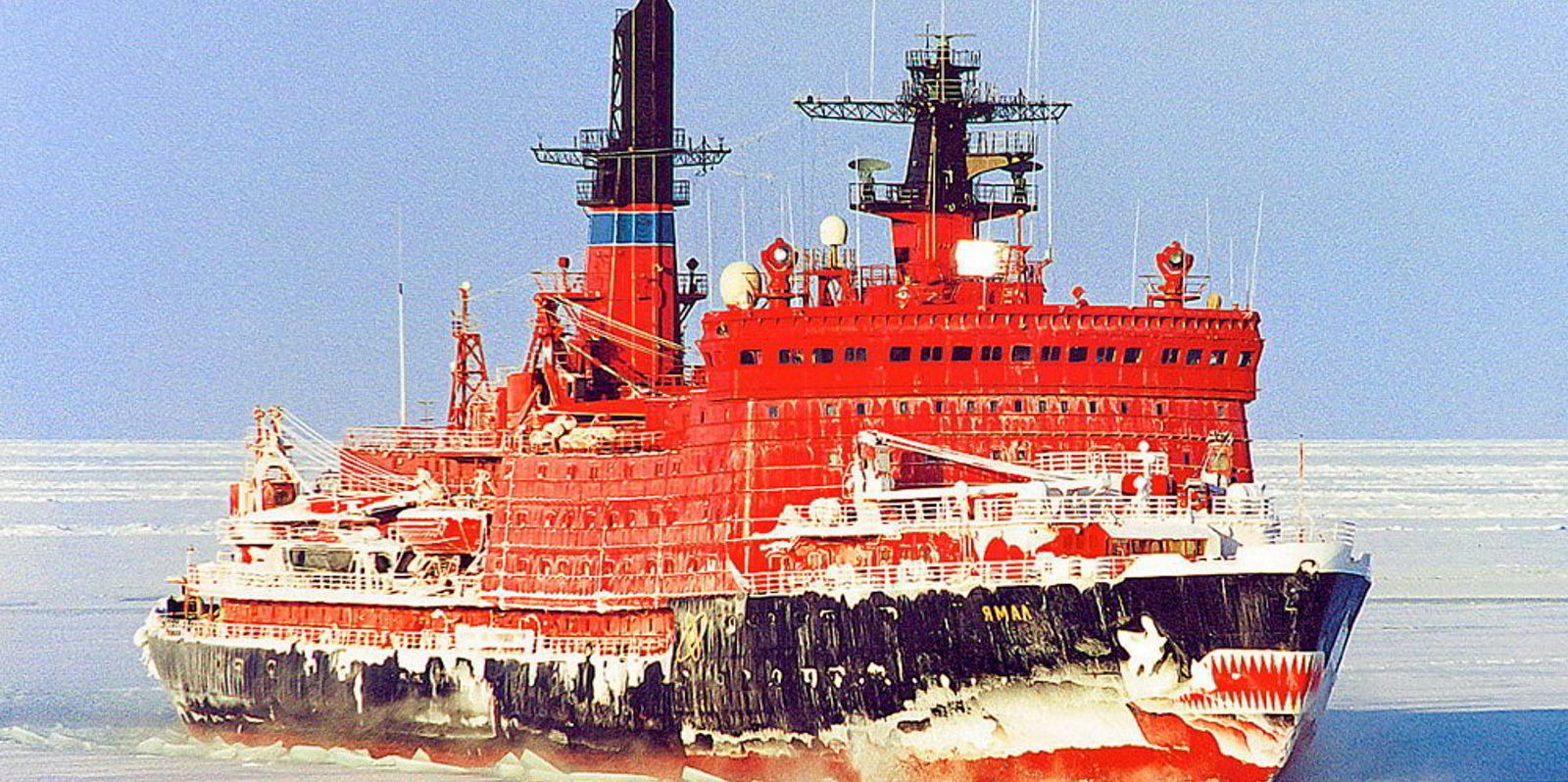
Sergei Chemko, a Rosatom representative, told a meeting of Russia’s Federation Council in March that he believes crude from Lukoil’s Varandey terminal and Gazprom Neft’s Prirazlomnoye project in north-west Russia could be sent through the Arctic.
The report from the Oxford Institute for Energy Studies said the NSR would provide an important shortcut, slashing voyage times and costs from Siberia to China from 36 days to 15 days. But it would require a major upgrade of its Arctic ship capabilities to allow for year-round shipping via the NSR.
The report, from 2021 and before the invasion of Ukraine, said that as the NSR is “beyond the control of the US Navy and is secure from possible sanctions or blockade represents an important strategic asset for Russia”.
The longer route involves travelling via northern Europe, the Mediterranean, the Suez Canal and the Indian Ocean. The EU banned crude imports on 5 December and has sought to make it more difficult to conduct ship-to-ship transfers of oil off its shores.
The bloc’s sanctions against Atomflot are aimed at the shift in Russia’s exports from Europe to Asia. It said Russia’s ice-breaker fleet is key to the country’s Arctic hydrocarbon strategy.
“In order to escort oil and gas tankers on the much longer and more challenging voyage from the Yamal and Gydan peninsulas to Asia, rather than the much shorter and less ice-infested route to Europe, Russia relies on Atomflot’s fleet of nuclear ice breakers,” the EU notice said.
